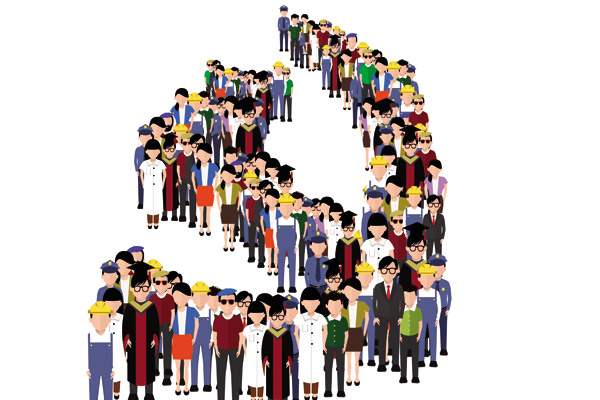
In 1921, the Party had a mere 50 members, but now it has more than 88 million, resulting in higher standards and more applicants from a wide range of backgrounds.
Wen Qian feels that she is probably not a "typical" member of the Communist Party of China.
"In my opinion, a typical CPC member works for the government or at least a State-owned company, but I am a freelance worker," she said.
Since graduating in 2011, the 27-year-old ceramic artist has lived in Jingdezhen, the nation's ceramics capital, in Jiangxi province.
Because she doesn't have a danwei, or work unit, her membership was granted by the county-level Party organization in her home province of Jiangsu in East China.
People in China's artistic circles don't normally talk about politics, she said, adding that most of her friends don't know she's a Party member.
"My father has been maintaining my membership, including paying my membership dues. I have to be present at special times, such as the leadership transition, so I fly home to vote," she said.
Li Helin, deputy director of the Beijing Scientific Socialism Research Association, said that since the Party's founding in 1921, the membership has become more diverse, and more young people are joining, especially those with a high level of education or who work in industry.
Wen joined the CPC when she was a university freshman.
"Many students in my class applied, but only two or three out of 30 applicants were accepted in the first year," she said. "I was working in the student union. The others who were selected for membership were outstanding students."
The selection process was serious and intensely competitive. She had to produce reports about her studies and political ideas, including how she would use her knowledge to improve people's lives.
Wen's father and two older sisters are also CPC members. "They told me only the best can join," she said. "I was proud to be selected. It wasn't easy."


















































